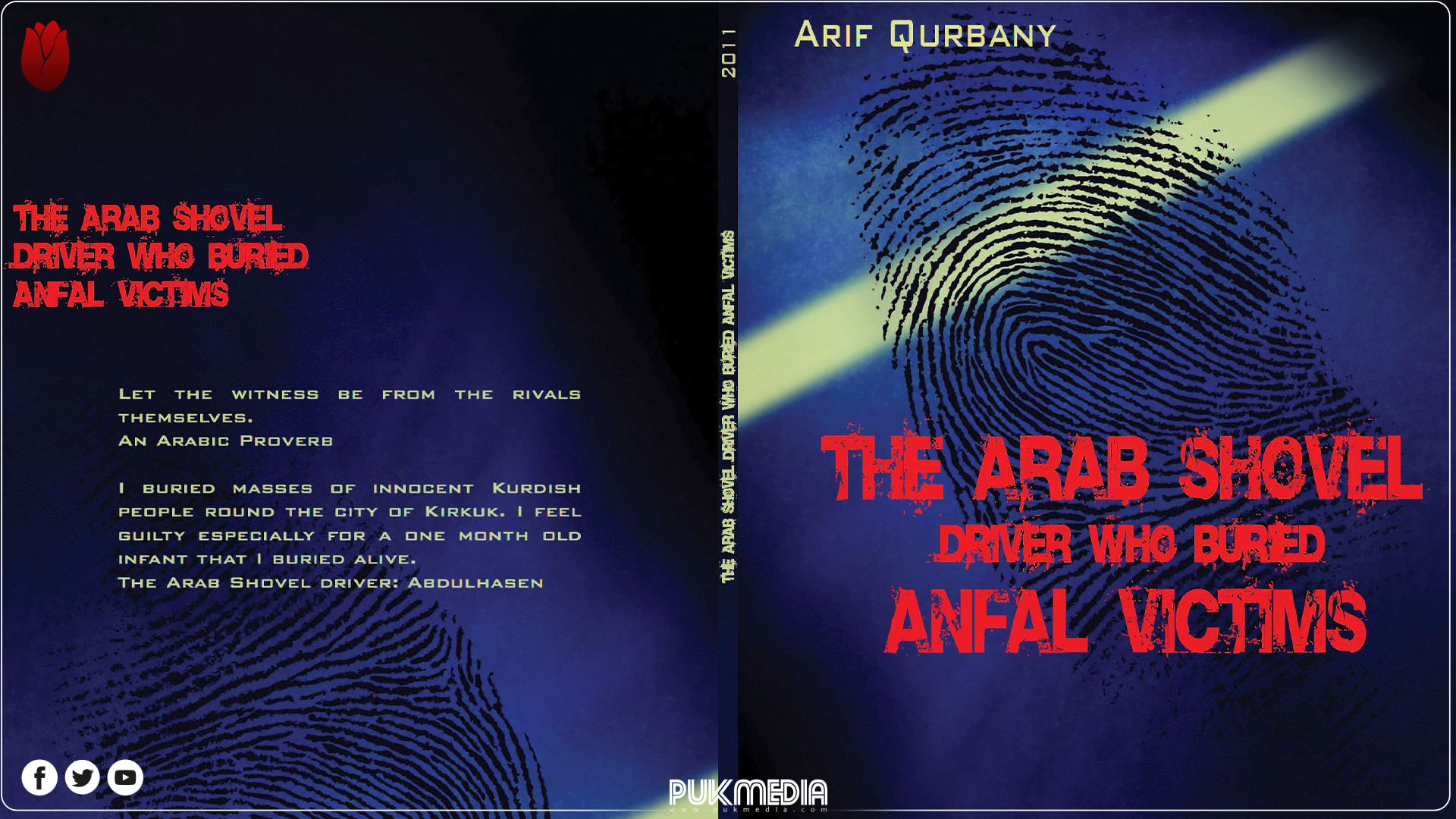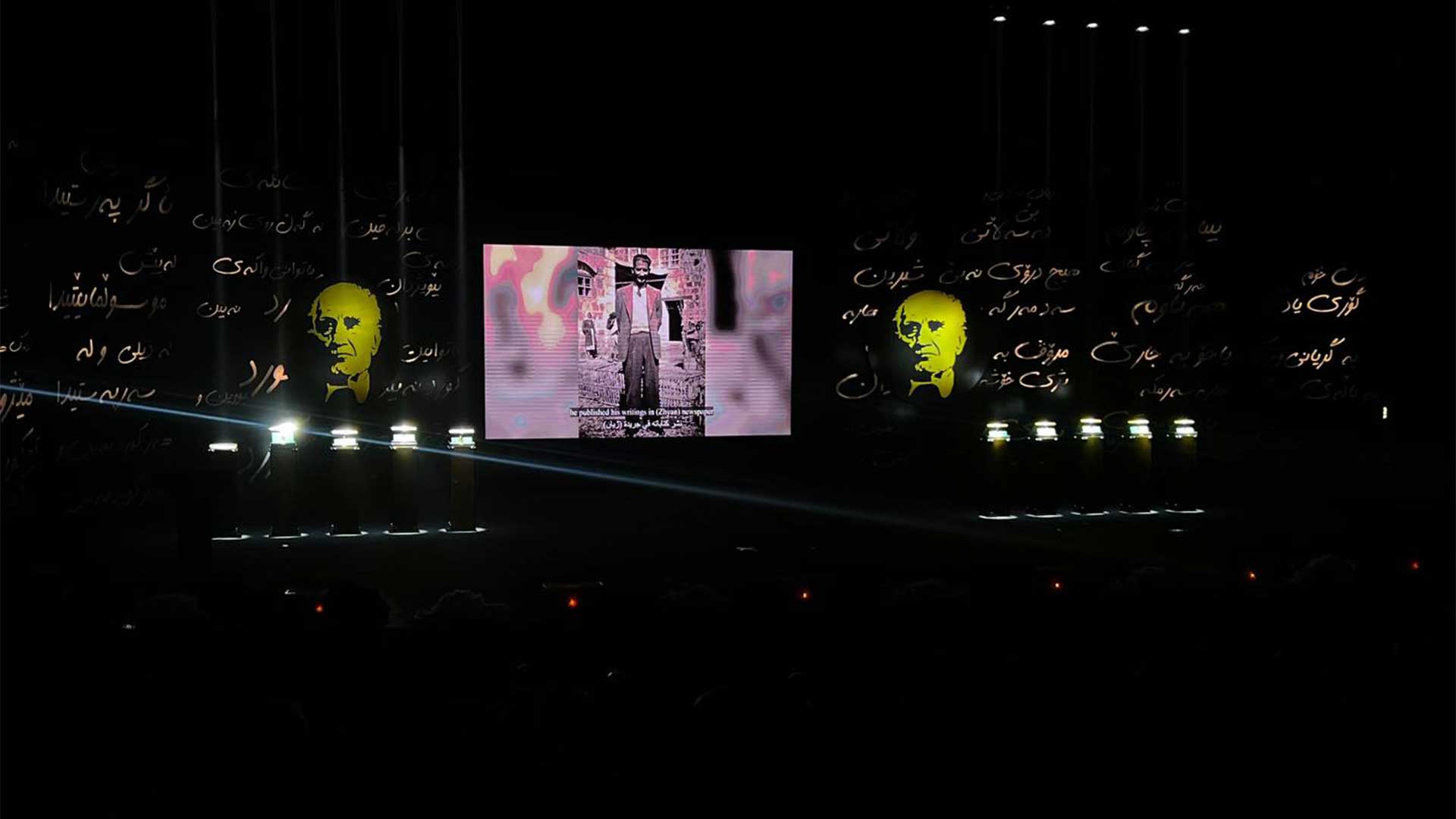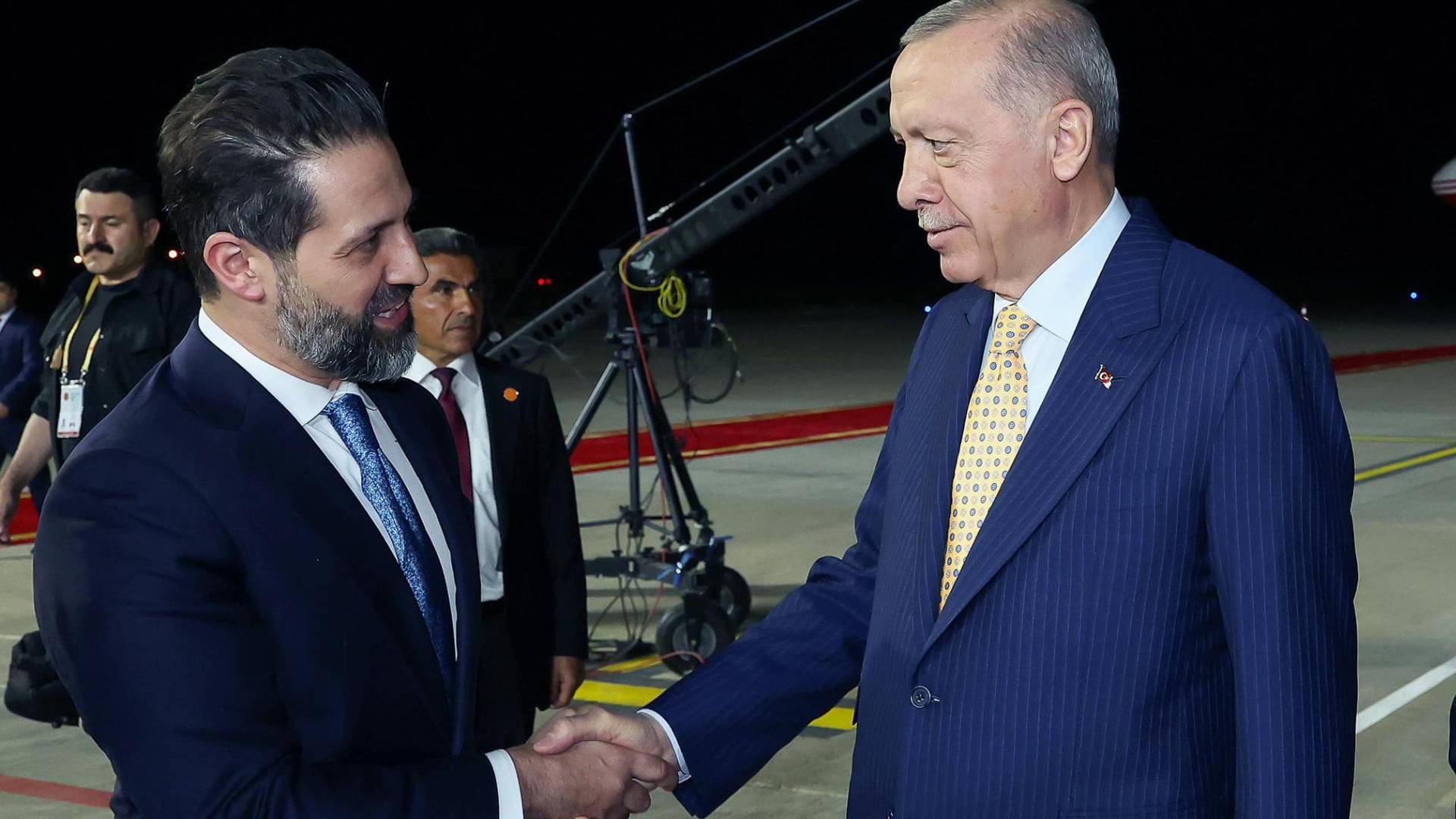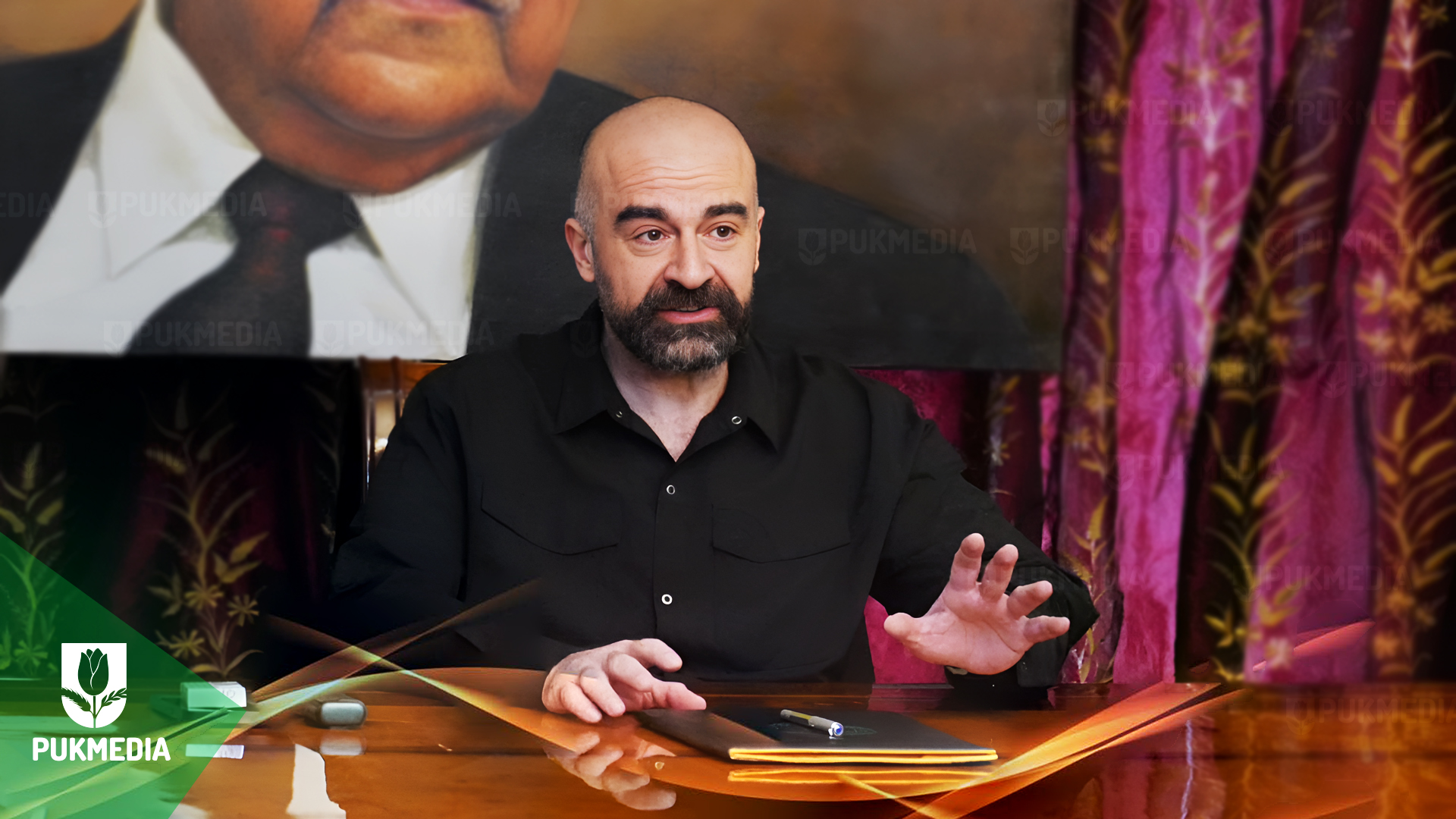Abdulhasen Mohan Murad: The Arab shovel driver who buried Anfal victims
Genocide 03:09 PM - 2021-10-09
'The Arab Shovel Driver Who Buried Anfal Victims' is one of the Kurdish writer Arif Qurbany's collection of books on the genocide of the Kurds by the notorious Baath regime.
The book has been translated to English by the Kurdish writer and academic Abdulkarim Uzeri.
On his journey to look for information, documents, and evidence to write his book on the Anfal Campaign, Arif Qurbany came across a man who not only witnessed the atrocities that happened to the Kurds but also took part in burying the victims.
The man's name is Abdulhasen Mohan Murad. He was born in 1961 in Kut, Iraq. He worked as a regular big vehicles driver like shovels, lorries, and diggers.
He was one of the drivers who dug the mass graves of Anfal victims and later covered the bodies.
"They killed lots of people and threw them wherever they liked and we were ordered to use our shovels to cover them with sand. There were too many places like that. God knows where the locations of all these mass graves are. I am sure none of their families know the whereabouts of those victims," he told the writer.
The Baath regime's campaigns against the Kurdish people were numerous and included a wide range of crimes.
The campaigns started with the Arabization of inhabited areas in the southern part of Kurdistan including Kirkuk city and several towns like Khanaqin, Makhmur, and Shengal. The original Kurdish inhabitants were forced out of their homes without being allowed to take their basic necessities, while the Arabs who occupied these houses received them for free, over and above the fact that they had already been given cash as an inducement to reside in Kurdistan.
In 1983, eight thousand young men were rounded up at gunpoint and taken to some unknown destinations in the south of Iraq. Thereafter, they all disappeared, and even foreign diplomatic efforts have failed to trace a single person.
Reports from Iraqi military sources indicate that they were used as guinea pigs to test the effects of various chemical agents.
Another horrific feature of the Iraqi campaign was the regime's resorting to chemical weapons against civilian populations!
On April 16, 1987, a chemical attack on the Balisan valley near Erbil killed dozens of civilians. On March 16, 1988, a sustained chemical attack was launched on Halabja, where roughly 5 thousand civilians died and many more thousands were seriously injured.
The largest genocide committed against the Iraqi Kurds by Saddam Hussein's regime was in 1988 which was one of the most systematic mass killings.
Although 182,000 victims have been documented, there are tens of thousands of victims who have not been recorded: the unnamed newborn infants, the unborn children of pregnant mothers, the many people who were shot and killed by the infantry and the air force as they escaped on foot and those who died by starvation and diseases.
Tap here to read the full book...
PUKmedia
More news
-
German Forces Commander Ended his Mission at Mam Jalal's Grave
12:28 PM - 2024-04-23 -
Golden Bla Awards Ceremony Takes Place in Sulaymaniyah
11:32 AM - 2024-04-23 -
PUK Official: PUK is Committed to Holding Elections on Time
11:04 AM - 2024-04-23 -
Turkish President Meets Kurdish Officials in Erbil
10:42 AM - 2024-04-23
see more
DPM Talabani Asks Turkish President to Lift Ban on Sulaymaniyah Airport
11:43 AM - 2024-04-23
Iraqi & Turkish Presidents: Problems Should Be Resolved Through Dialogue
05:00 PM - 2024-04-22
PUK President: We Will Protect Journalists' Rights
03:10 PM - 2024-04-22
DPM Talabani: We Will Defend Freedom of Press
10:26 AM - 2024-04-22
Most read
-
DPM Talabani Asks Turkish President to Lift Ban on Sulaymaniyah Airport
Kurdistan 11:43 AM - 2024-04-23 -
Turkish President Meets Kurdish Officials in Erbil
Kurdistan 10:42 AM - 2024-04-23 -
Türkiye Seeks Surge in Trade Volume with Iraq
Economy 10:21 AM - 2024-04-23 -
PUK Official: PUK is Committed to Holding Elections on Time
P.U.K 11:04 AM - 2024-04-23 -
Golden Bla Awards Ceremony Takes Place in Sulaymaniyah
Kurdistan 11:32 AM - 2024-04-23 -
German Forces Commander Ended his Mission at Mam Jalal's Grave
P.U.K 12:28 PM - 2024-04-23 -
10 Notable Individuals Receive Golden Bla Award
Kurdistan 09:27 PM - 2024-04-23



.jpg)


 Application
Application


